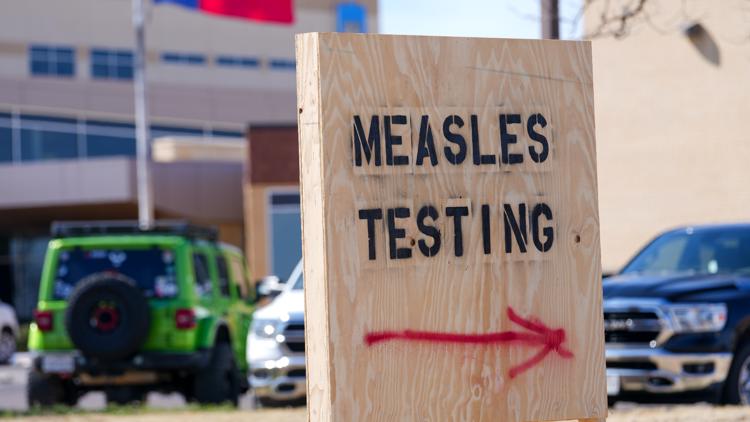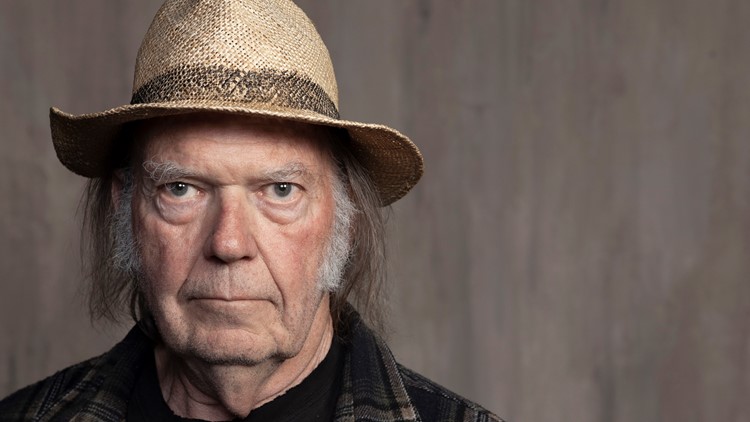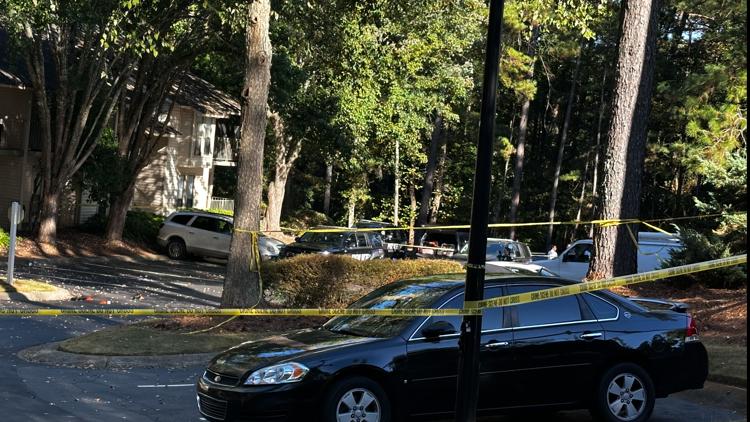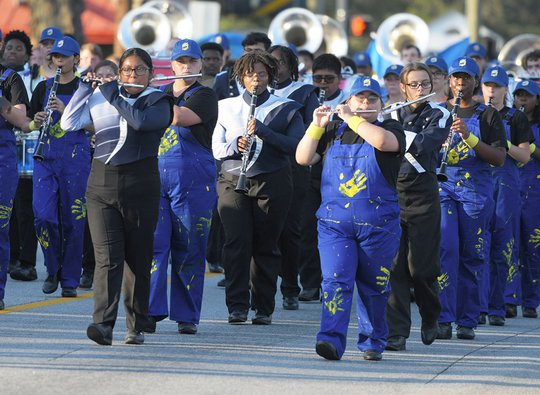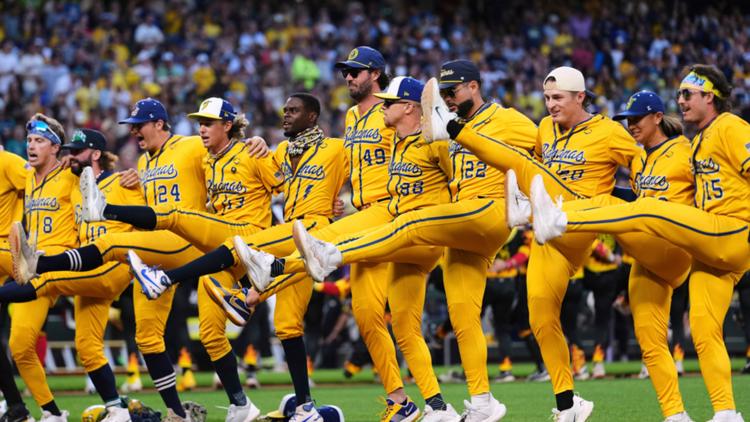Gullah History in Savannah, GA
The Gullah Geechee heritage in Savannah traces back to the 1700s. The Gullah people are the descendants of African Americans who were enslaved on Southern cotton and rice plantations. For centuries, they lived in relative isolation on the sea islands and in coastal communities along the Southeastern seaboard. Wealthy plantation ownerstypically stayed further inland or […] The post Gullah History in Savannah, GA appeared first on Savannah, GA | Savannah.com.

The Gullah Geechee heritage in Savannah traces back to the 1700s.
The Gullah people are the descendants of African Americans who were enslaved on Southern cotton and rice plantations. For centuries, they lived in relative isolation on the sea islands and in coastal communities along the Southeastern seaboard. Wealthy plantation ownerstypically stayed further inland or in larger urban areas like Savannah. This avoided diseases such as malaria
The side streets leading to River Street in Savannah run parallel to the Savannah River. They are uniquely paved with ballast stones. These stones were originally used in the hulls of ships to balance cargo and prevent them from becoming top-heavy. Savannah, which was the third-largest slave port in the United States (with Charleston holding the top spot), has a significant number of streets lined with these stones. Their presence serves as a stark reminder of the extensive role these ports played in the Transatlantic Slave Trade, as many of these ships carried enslaved individuals across the ocean.

The Gullah region historically spanned from North Carolina’s coast to North Florida’s coast. The Gullah people, along with their language, are also known as Geechee. This name presumedly originates from the Ogeechee River near Savannah. Originally, “Gullah” referred to the Creole dialect of English spoken by the Gullah and Geechee communities. Over time, the term has evolved, now representing their unique creole language and cultural identity. Within the Georgia region, communities identify as either “Freshwater Geechee,” for those living on the mainland, or “Saltwater Geechee,” for residents of the Sea Islands.
One of Savannah’s most significant historical moments is the site of the Weeping Time. Over two rain-soaked days in 1859, Georgia’s largest slave auction took place. It ripped apart the lives and families of 436 men, women, and children by selling them into slavery.
Gullah Geechee presence in Savannah today.
Located on River Street in downtown Savannah, the African American Monument honors the contributions of Black residents to the city’s history. It also serves as a poignant reminder of Savannah’s connection to slavery and the often-overlooked story of the Transatlantic slave trade.
Savannah is home to a vibrant Geechee community waiting to be discovered. Once a major slave port for over a century, the city offers an abundance of cultural sites and experiences to help you connect with its rich history. Exploring Historic Savannah feels like stepping back in time.
Where to learn about Gullah History in Savannah
The Beach Institute African American Cultural Center
Savannah’s flagship museums for African-American and Gullah-Geechee Heritage. The Beach Institute was founded in 1865 by the Colored Education Committee at the dawn of the Reconstruction Era, as the first school built specifically for the education of emancipated African-Americans in Savannah, GA. Built by Free and formerly Enslaved Negroes, the Institute was completed in 1867 with a generous contribution by philanthropist and inventor Alfred Ely Beach of New York, editor of Scientific American Magazine. For nearly 50 years, The Beach Institute was operated by the American Missionary Association, an integrated organization of abolitionists and education advocates. Today, the original historic building is home to The Beach Institute African-American Cultural Center, and owned by The King-Tisdell Cottage Foundation, Inc. The Beach Institute is Savannah’s flagship museum for African-American arts, history & cultural preservation.
- 502 E Harris St.
- (912) 335-8868
- For more information, click HERE.
Savannah Visitor Center
- 301 Martin Luther King Jr Blvd.
- (912) 232-7477
- For more information, click HERE.
Savannah Gray Line’s Gullah Geechee Tour and Lunch
Embark on an unforgettable journey through the compelling history of African Americans from slavery to freedom during the Antebellum era (1748-1864) along Savannah’s stunning coast, guided by the renowned Master Gullah Geechee storyteller, “Sistah Patt.” Board the comfortable Gray Line vehicle for a captivating tour of Savannah’s iconic landmarks, including River Street, Factor’s Walk, and Johnson Square. Delve into the rich history of West African tribes forced into slavery in Savannah, who labored to build the warehouses along River Street. Learn about their struggle for freedom and how their cultural legacy continues to influence the local community today.
This fully narrated bus tour begins at 10:30 a.m. and lasts approximately one hour. You then stop at The Historic Second African Baptist Church, where you will savor authentic Gullah Geechee foodways and storytelling. Afterward, you return you to the tour’s starting point.
Savannah Gray Line
- 223 Martin Luther King Jr Blvd.
- (912) 964-8989
- For more information, click HERE.
Gullah-Geechee History & Pin Point Heritage Museum
-
Skidaway Island tour from Savannah makes a great day trip
-
Learn about Gullah-Geechee culture distinct to the Lowcountry
-
Visit museums and historical attractions important to black heritage
-
Pickup and drop-off from downtown Savannah included
- 9924 Pin Point Ave.
- (912) 355-0064
- For more information, click HERE.
Read more about – Gullah-Geechee History & Pin Point Heritage Museum
Source: https://en.wikipedia.org/
The post Gullah History in Savannah, GA appeared first on Savannah, GA | Savannah.com.
What's Your Reaction?










